 Do you want to improve communication with your marketing team?
Do you want to improve communication with your marketing team?
Looking for tools to help?
Collaboration tools make it easier for everyone on your team to stay on track with content creation, task assignment, and deadlines.
In this article you'll discover six tools to help your social media team collaborate.

Listen to this article:
Where to subscribe: Apple Podcasts | Spotify | YouTube Music | YouTube | Amazon Music | RSS
#1: Organize Content With Evernote
Evernote is an app that allows you to organize content into notebooks, within which you have individual notes. You can add text, images, and files to notes and share them with other users.
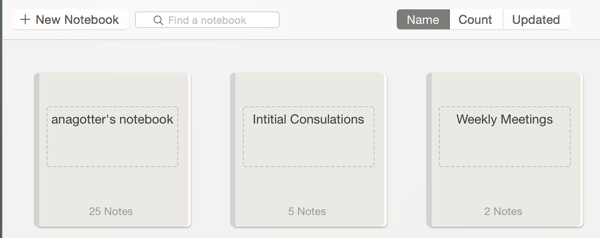
The app lets you turn your notes into PDFs or (for premium users) instant presentations. You can also add reminders to individual notes, which will sync with your Google Calendar. Add tags to make your notes easier to find.
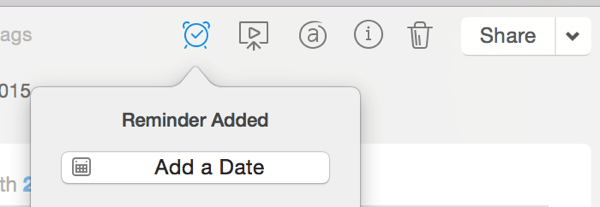
Evernote also has a chat function that allows you to exchange instant messages in real time with other members of your team.
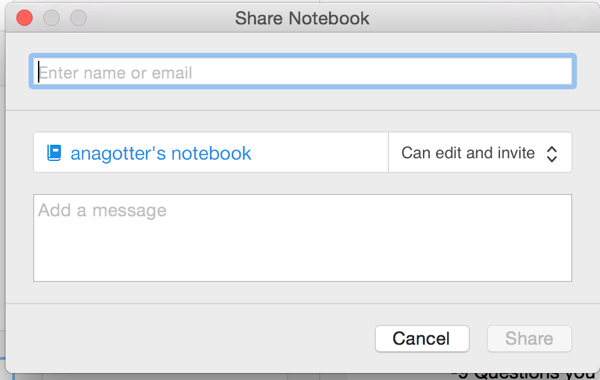
For business account users, you can access Evernote online through a program downloaded onto your computer or via their mobile app. This allows you to take your content with you on your mobile devices without any extra effort. Of course, your data is also accessible on your computer.
Evernote's mobile app works just as well as Evernote itself. One handy mobile feature is that some functions are available even if you don't have Internet access. Though these functions are restricted, you can still access snippets of information when you really need it. You can set up offline notebooks so you can edit or review content without using data.
Evernote's basic plan is free, but there are also paid business and premium plans available. The paid plans have the best features for social media teams, some of which are discussed above. The premium plan is $49.99 per year.
#2: Share Files With Google Drive
Google Drive allows you to create documents and share them with as many users as you'd like, including team members and clients.

Everyone can leave notes and comments, and tag specific users to bring their attention to something. You can use track changes to see who is making what edits within the document. Plus, it's easier to share a link for the document than it is to email a large document file each time an edit is made.
Google Drive can also be used as a scheduling tool. Create a schedule showing when content/posts are due or to be published (or both), who's responsible, and what the projects are. You can customize this schedule to fit your needs, including sections that highlight keywords to be used, what platforms the content will be shared on, and more.
Get World-Class Marketing Training — All Year Long!
Are you facing doubt, uncertainty, or overwhelm? The Social Media Marketing Society can help.
Each month, you’ll receive training from trusted marketing experts, covering everything from AI to organic social marketing. When you join, you’ll also get immediate access to:
- A library of 100+ marketing trainings
- A community of like-minded marketers
- Monthly online community meetups
- Relevant news and trends updates
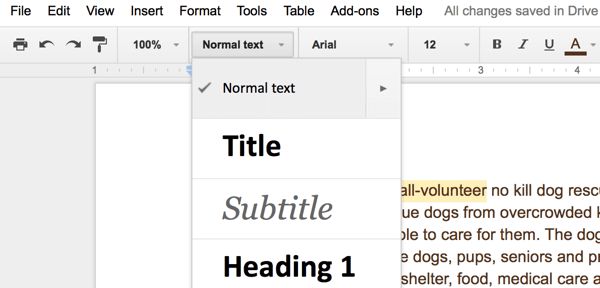
Google Drive is free for your first 15GB and doesn't require any additional software to install on a desktop, so you don't have to worry about who will or won't have access, as you do with Evernote. It also has a great mobile app, though substantial edits are often more time-consuming on mobile than on a desktop computer.
#3: Oversee Projects With Basecamp
Basecamp is a web-based project management tool that allows you to create to-do lists, share files, and communicate with your team on projects.

Set deadlines for projects and checklists within your projects, so you can see what tasks need to be completed by which team members. You can invite users to individual boards and have discussions within the group.

Basecamp has a Calendar feature that shows you what projects will be due soon. You can also review recent changes made to a project, so you never have to worry about missing anything.
The tool's settings are highly customizable. For example, you can receive notifications when changes or updates are made for all projects or for only specific projects.
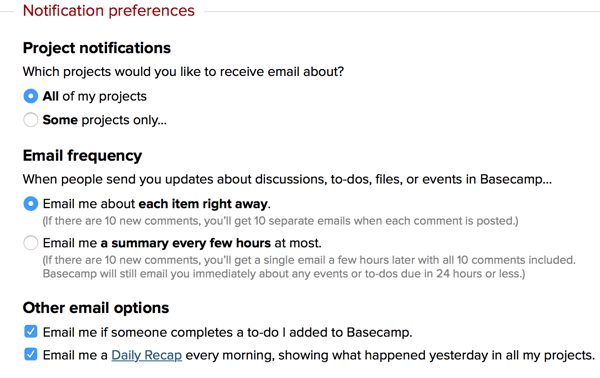
Basecamp is ideal for teams that need to stay in touch to monitor projects with long timelines, but don't need to be in contact every few minutes or hours (which Slack is best for). When it comes to project management, it's an easy-to-use interface with a lot of great features that can help you keep your project and team organized.

Discover Proven Marketing Strategies and Tips
Want to go even deeper with your marketing? Check out the Social Media Marketing Podcast! Publishing weekly since 2012, the Social Media Marketing Podcast helps you navigate the constantly changing marketing jungle, with expert interviews from marketing pros.
But don’t let the name fool you. This show is about a lot more than just social media marketing. With over 600 episodes and millions of downloads each year, this show has been a trusted source for marketers for well over a decade.
Pricing starts at $29 per month for internal teams, going all the way up to $3,000+ a year for enterprise plans.
#4: Schedule Posts With CoSchedule
CoSchedule is a great tool for scheduling and project management alike, particularly when you have a content marketing team (or even just one blogger) working with your social media team.
As the name suggests, CoSchedule approaches project management with a scheduling and calendar focus. It alerts you to upcoming posts and deadlines, and identifies which of your posts have received the most shares.
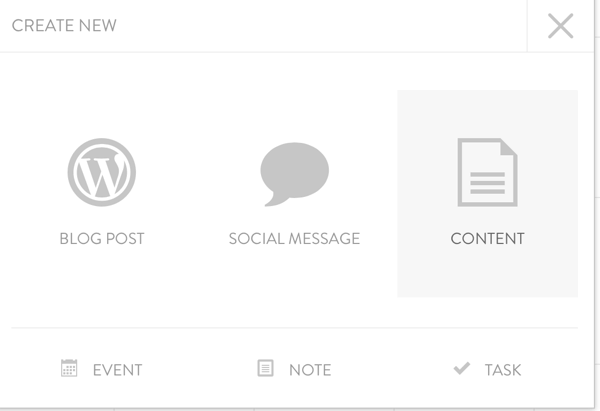
You can create detailed boards for each project and post. Include deadlines (all the way down to the actual hour), add to-do lists to check off, view status bars to monitor progress on your to-do lists, and add comments to projects.
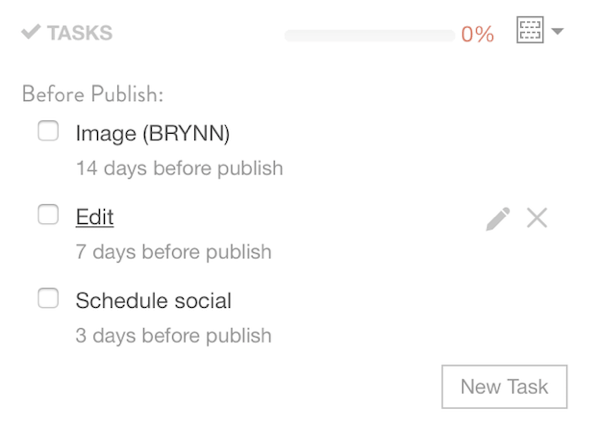
CoSchedule is particularly useful for blogging. Within your project boards, you can choose WordPress categories for your post, establish the author, and even follow a link to edit the post in WordPress.

CoSchedule makes it easy to distribute content (including, but not limited to, blog posts) across multiple social media channels. Current supported platforms include Twitter, Facebook, Google+, and LinkedIn.
Pricing starts at $15 per month. If you want social automation and auto-pilot publishing, you'll want to go for the $60 per month plan, which allows you to connect to 25 social profiles.
#5: Manage Workflows With Trello
Trello is a popular virtual to-do list that makes social media management and content generation a more streamlined and efficient process. It helps you organize the projects you're working on and makes sure you never miss a deadline.
You can create individual boards and invite users to view and contribute to them. Within your boards, you can create lists, which have individual cards underneath them.

Trello allows you to move the cards between lists, and tag or add individual users to specific lists. For example, you can have a freelance writer, the designer who creates blog post images, and the editor all on one card, communicating and sharing files.

When it comes to project management, Trello is a simple yet highly efficient solution. You can communicate with your team on individual cards and tag other users. Open a card to share files, post links to content or documents on Google Drive, and set deadlines. Enable notifications if you want to receive an alert when a deadline is approaching.
Communication on Trello is one of the key benefits. While email or Skype message chains can do the job, they can also get messy. You might forget to reply to all of the necessary parties, and tracking down old messages can be challenging. With Trello, all communication relevant to one project is on that specific card.
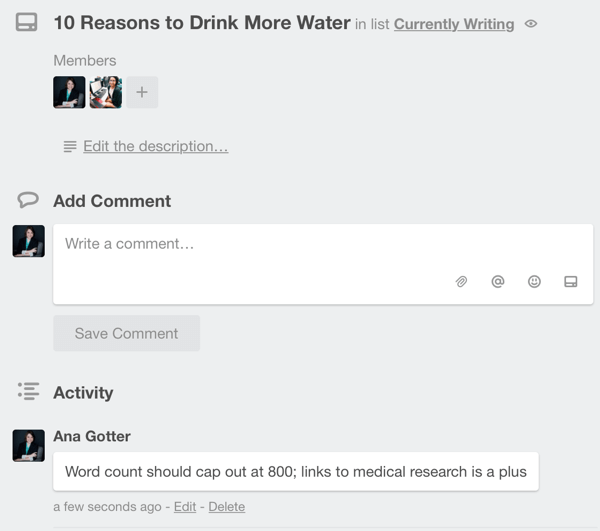
Trello is free and it has a great mobile app.
#6: Communicate With Slack
If your social team needs a more effective communication channel, Slack is an excellent solution. Similar to a private chat room, Slack lets you create specific threads (called channels) and invite team members to join the conversations. You can also send individual users private direct messages.

Within channels, you can share multiple types of files, including images, PDFs, documents, and spreadsheets.
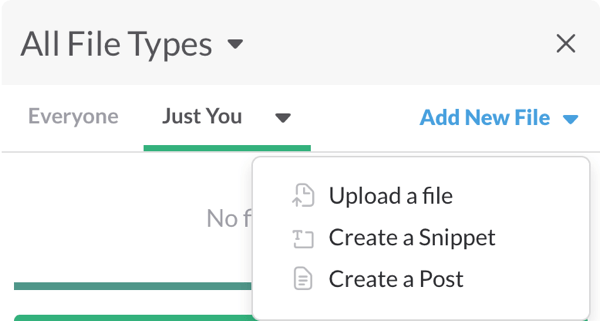
By keeping conversations organized in one place, it's easier to keep everyone on the same page. All conversations and files are searchable, so they'll be easy to find whenever you need them.
The interface is simple and easy to use, whether your social team is in one office or spread out across multiple time zones. Slack's mobile app increases the ease of communication if team members are off-site.
Slack is free for small teams and with limited features. The standard plan is $6.67 per month, and comes with a host of great features.
Final Thoughts
Using collaboration tools to monitor and create content, track projects, and clarify individual responsibilities will improve team communication and efficiency, benefiting your social campaigns and content in the process.
What do you think? Do you use any of these tools? What tactics do you use to collaborate with your team? Share your thoughts, knowledge, and experience in the comments below!
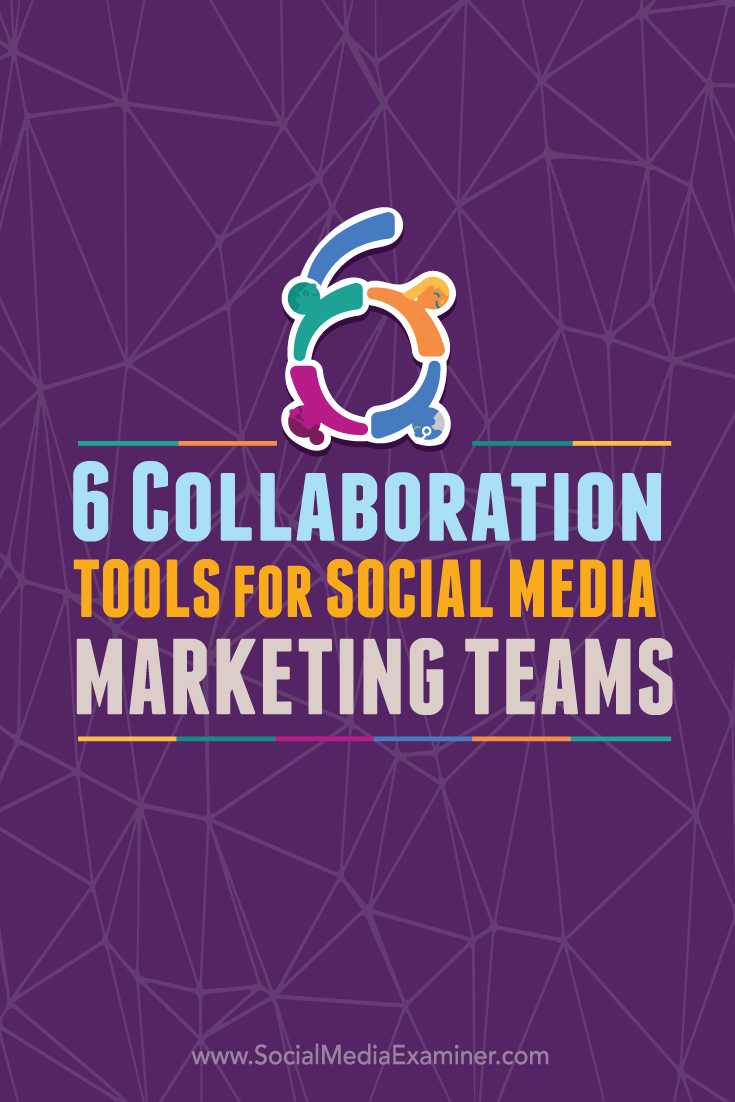
Attention Agency Owners, Brand Marketers, and Consultants

Introducing the Marketing Agency Show–our newest podcast designed to explore the struggles of agency marketers.
Join show host and agency owner, Brooke Sellas, as she interviews agency marketers and digs deep into their biggest challenges. Explore topics like navigating rough economic times, leveraging AI, service diversification, client acquisition, and much more.
Just pull up your favorite podcast app, search for Marketing Agency Show and start listening. Or click the button below for more information.

